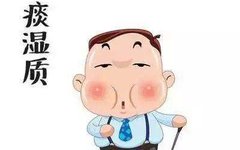The phlegm-damp constitution is a type of constitution in Traditional Chinese Medicine (TCM), primarily referring to the dysfunction of the body’s organs, leading to the disordered transformation of qi, blood, and body fluids, resulting in the accumulation of water and dampness, which forms phlegm and creates a phlegm-damp constitution.
1. Symptoms Manifestation
1. Body Characteristics: Individuals with a phlegm-damp constitution often present with a plump body shape, with a soft and full abdomen.
2. Physical Sensations: They may easily feel chest tightness, have excessive phlegm, a heavy and sluggish body, and tend to feel drowsy and sleepy.
3. Skin Manifestations: The skin may be oily, with excessive sebum secretion on the face, leading to issues such as seborrheic dermatitis and seborrheic alopecia.
4. Tongue and Pulse: The tongue is often enlarged with a white greasy coating, and the pulse is slippery and rapid.
5. Other Symptoms: Preference for rich and fatty foods, sticky stools that are difficult to clean, thirst without a desire to drink, a sensation of foreign body in the throat, and possible edema in the lower limbs.
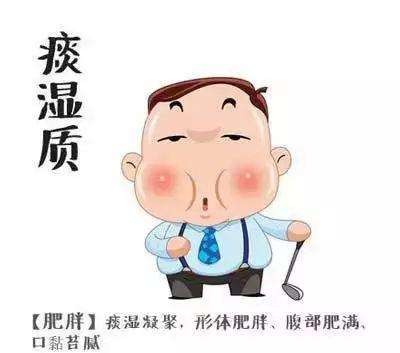
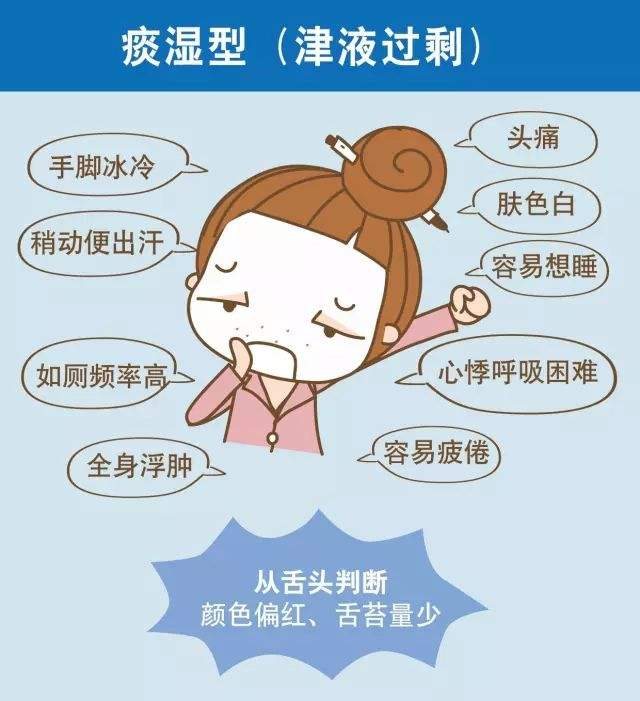
2. External Treatment Methods in TCM
1. Acupuncture Therapy
Acupuncture therapy adjusts the flow of qi and blood by stimulating specific acupuncture points, achieving the effects of strengthening the spleen, transforming phlegm, and dispelling dampness. Commonly used acupuncture points include Tianshu (天枢), Fenglong (丰隆), Yinlingquan (阴陵泉), Zhongwan (中脘), and Zusanli (足三里). These points are primarily related to the spleen, stomach, lungs, and kidneys, and acupuncture stimulation can promote fluid metabolism and improve the phlegm-damp constitution.
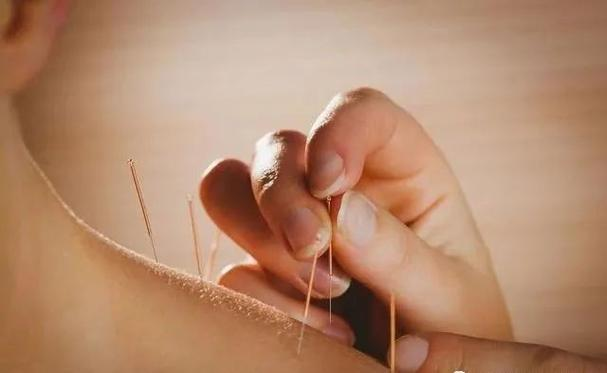
2. Cupping Therapy
Cupping therapy utilizes the principle of negative pressure suction to cause local skin congestion and bruising, thereby promoting blood circulation, unblocking meridians, and dispelling wind and dampness. For individuals with a phlegm-damp constitution, cupping can enhance blood circulation and accelerate the expulsion of dampness, alleviating symptoms such as heaviness and fatigue in the limbs.
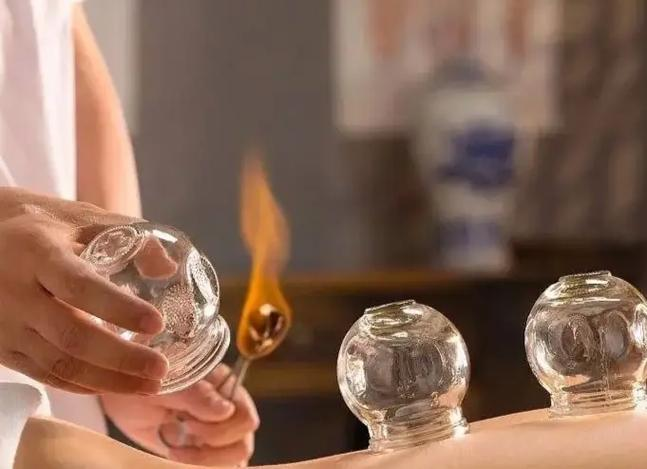
3. Tui Na Massage
Tui Na massage uses techniques such as pressing and kneading on the body’s meridians and acupuncture points to unblock the meridians and harmonize qi and blood, thus treating phlegm-damp conditions. For individuals with a phlegm-damp constitution, massage can be applied to the spleen and stomach meridians, such as Fenglong (丰隆) and Zusanli (足三里), to enhance spleen and stomach function and promote fluid metabolism.
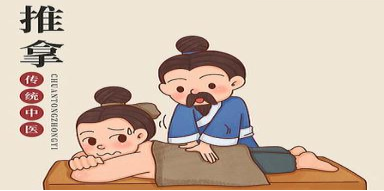
4. Gua Sha Therapy
Gua Sha therapy involves applying Gua Sha oil to the skin surface and then scraping specific areas with a Gua Sha board or horn to achieve the effects of unblocking meridians, invigorating blood circulation, and dispelling dampness and toxins. For individuals with a phlegm-damp constitution, Gua Sha can be performed on the spleen and stomach meridian points, such as Fenglong (丰隆) and Yinlingquan (阴陵泉), to improve phlegm-damp symptoms.

5. Fire Dragon Cupping Therapy
Fire Dragon Cupping is a TCM nursing technique that integrates Tui Na, Gua Sha, and moxibustion. It differs from traditional cupping, providing both therapeutic and comfortable effects without side effects. This technique uses a unique pot made from a mixture of Xuan stone and purple clay, with a moxa stick inserted inside. The pot’s opening is designed in an irregular petal shape, and the moxa stick is ignited to produce pure Yang energy, driving away cold, dispelling dampness, and resolving blood stasis, hence the name “Fire Dragon Cupping.” Its properties include balancing yin and yang, aligning with the five elements, traversing the four symbols, and harmonizing the six qi. The effects of Fire Dragon Cupping include:1. Warming: Using fire to attack pathogens, dispelling cold and stagnation, and promoting blood circulation;2. Unblocking: Unblocking meridians and improving blood supply to the heart and brain;3. Regulating: Balancing organ qi, regulating nerve function, warming the uterus, and regulating menstruation;4. Supplementing: Supporting the body and dispelling pathogens, enhancing immunity.
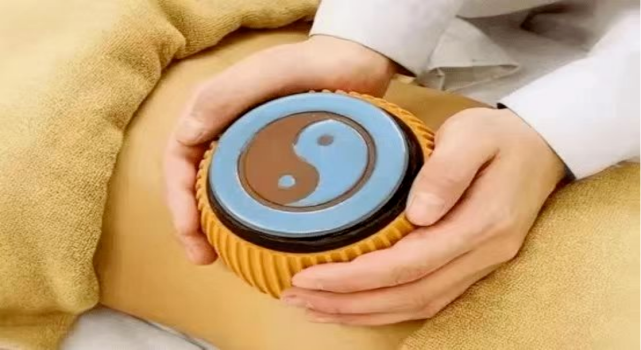
6. Moxibustion Therapy
Moxibustion therapy involves the burning of moxa wool to produce heat and medicinal properties, which are applied to specific acupuncture points to warm the meridians, dispel cold and dampness, and harmonize qi and blood. For individuals with a phlegm-damp constitution, moxibustion can be applied to points such as Pishu (脾俞), Weishu (胃俞), and Fenglong (丰隆) to enhance spleen and stomach function and promote fluid metabolism.
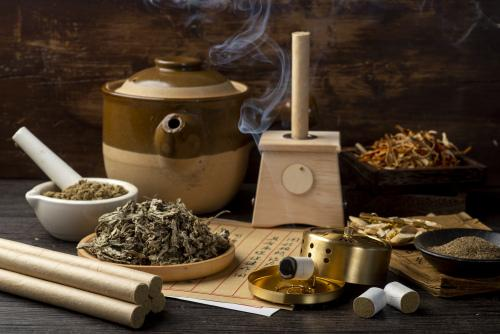
7. Acupoint Application
Acupoint application involves applying medicinal substances to specific acupuncture points, utilizing the stimulation and penetration of the medicine to achieve therapeutic effects. For individuals with a phlegm-damp constitution, herbal plasters that strengthen the spleen, transform phlegm, and dispel dampness can be applied to relevant acupuncture points, such as Fenglong (丰隆) and Pishu (脾俞).
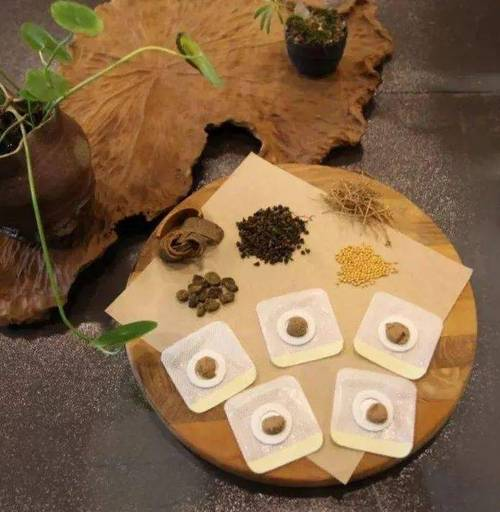
In summary, there are various external treatment methods for phlegm-damp conditions in TCM. Patients can choose suitable treatment methods based on their individual conditions. Additionally, it is important to develop good lifestyle and dietary habits, avoiding excessive fatigue and emotional distress that may affect the body. If necessary, please seek medical attention and follow the doctor’s advice for treatment.
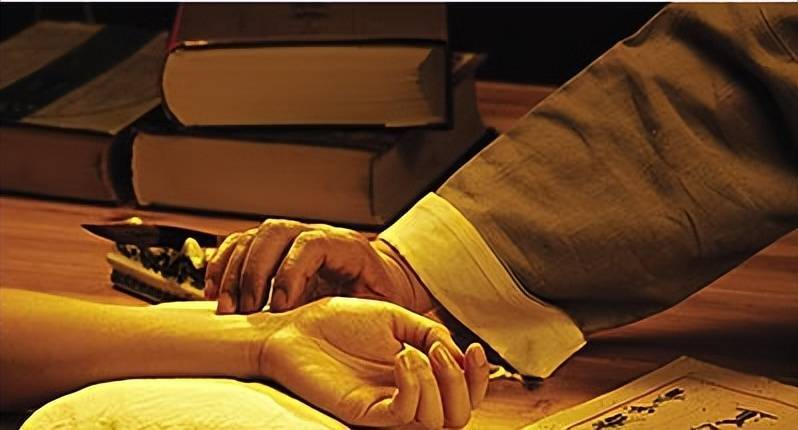
Introduction to Integrated Internal Medicine:
The Integrated Internal Medicine department is located on the 5th floor of the Inpatient Department of the Affiliated Hospital of Southwest Medical University, serving as a training base for master’s degree students and standardized training for resident physicians. The department has 1 professor, 2 associate professors, 1 PhD, and 6 master’s degree holders. The department primarily conducts integrated TCM and Western medicine treatments and prevention for acute and chronic cardiovascular diseases, common and difficult neurological diseases, acute and chronic respiratory and digestive diseases, age-related degenerative diseases, as well as common chronic diseases and critical conditions in the elderly. It also provides integrated management of patient communities and hospital health records, offering support and medical technical assistance for health and early disease prevention and control.
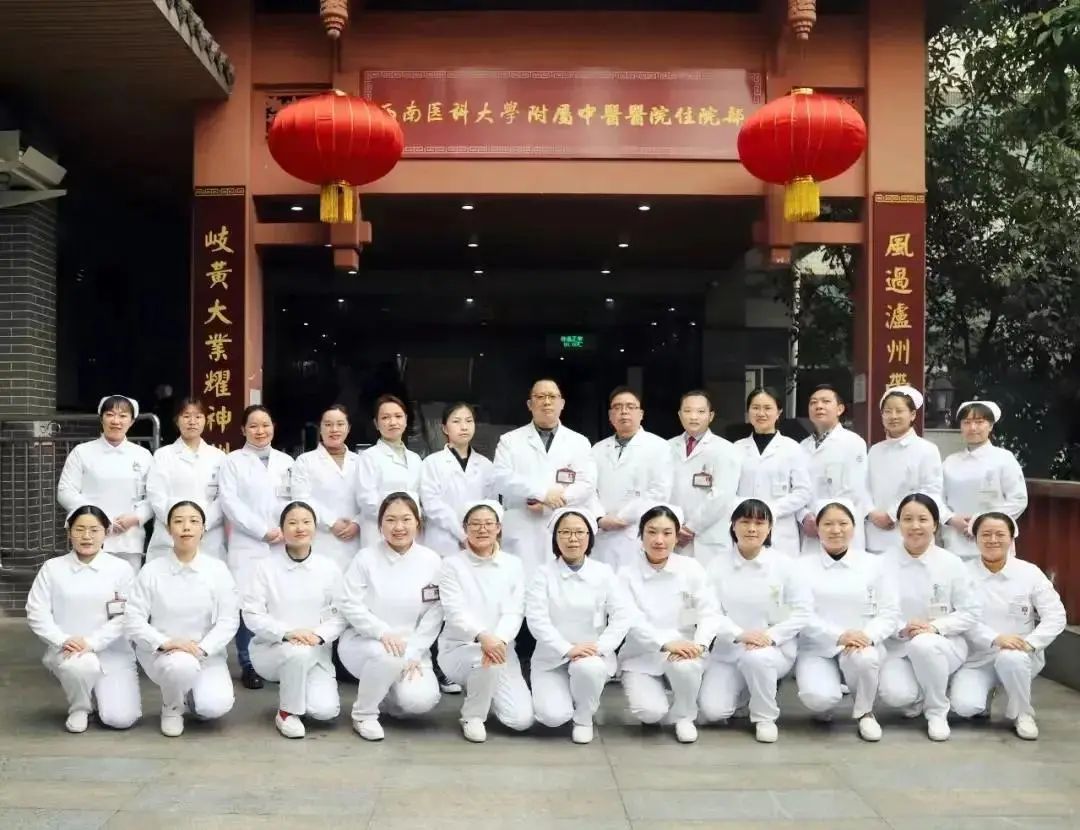
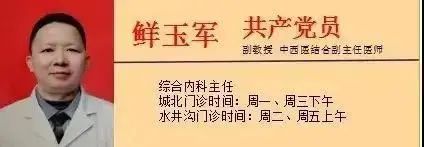
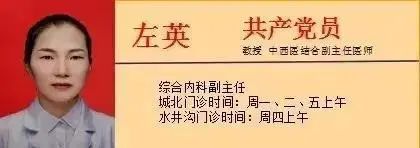
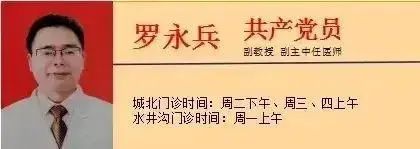
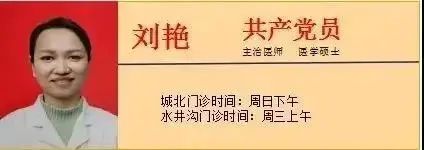
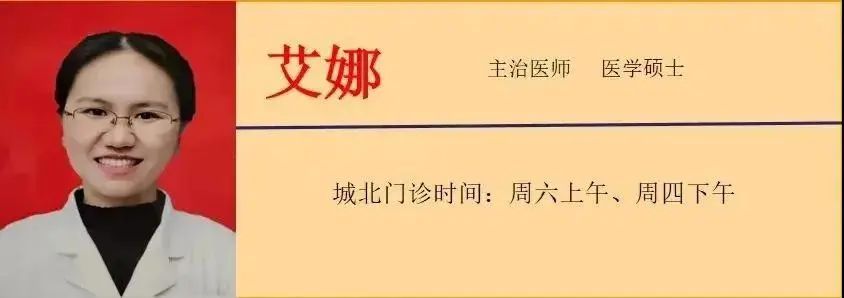
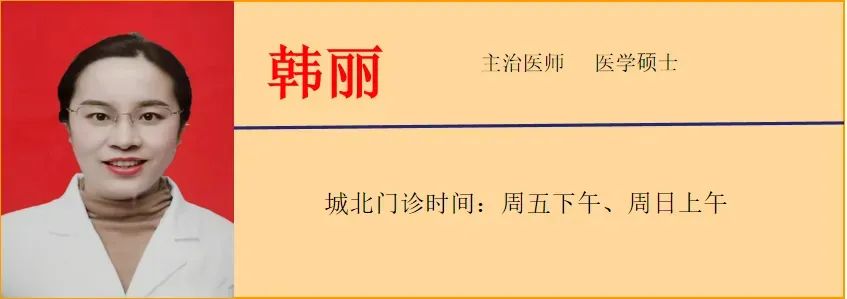
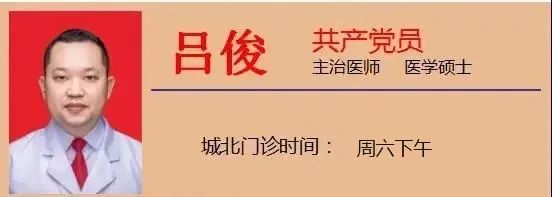
END Follow Us
Follow Us
Disclaimer:
The content reproduced on the WeChat public platform of the Integrated Internal Medicine department of the Affiliated Hospital of Southwest Medical University maintains a neutral stance on the viewpoints and judgments expressed in the text, and does not provide any explicit or implicit guarantees regarding the accuracy, reliability, or completeness of the content. Readers are advised to use it for reference only and assume corresponding responsibilities. Some images and texts are reproduced from the internet; if there is any infringement of copyright, please contact us for modification or deletion. Contact number: 0830-3162213.
Editor: Pan Xia
Verifier: Shi Yulin
Reviewer: Dai Zhimin

